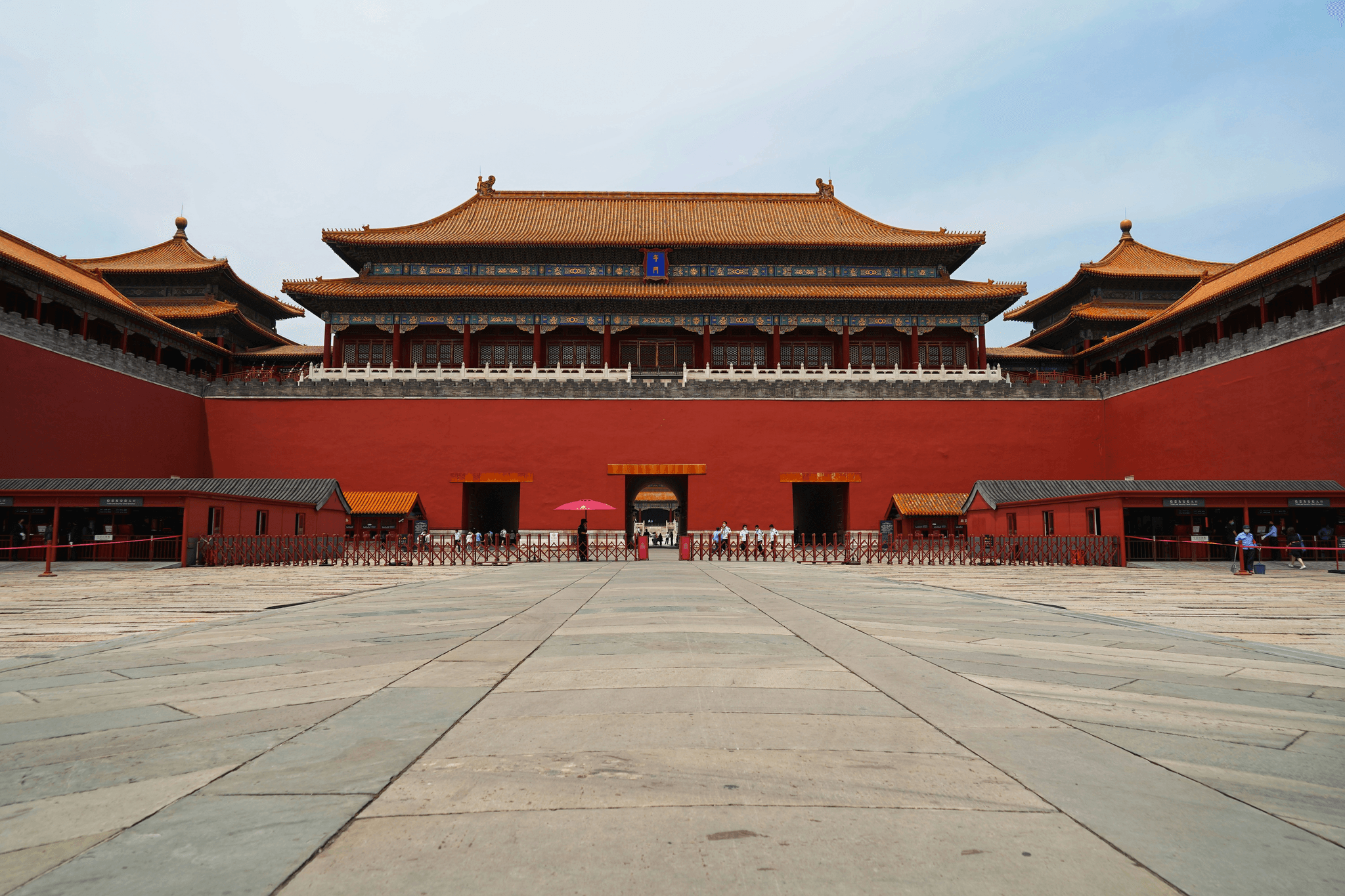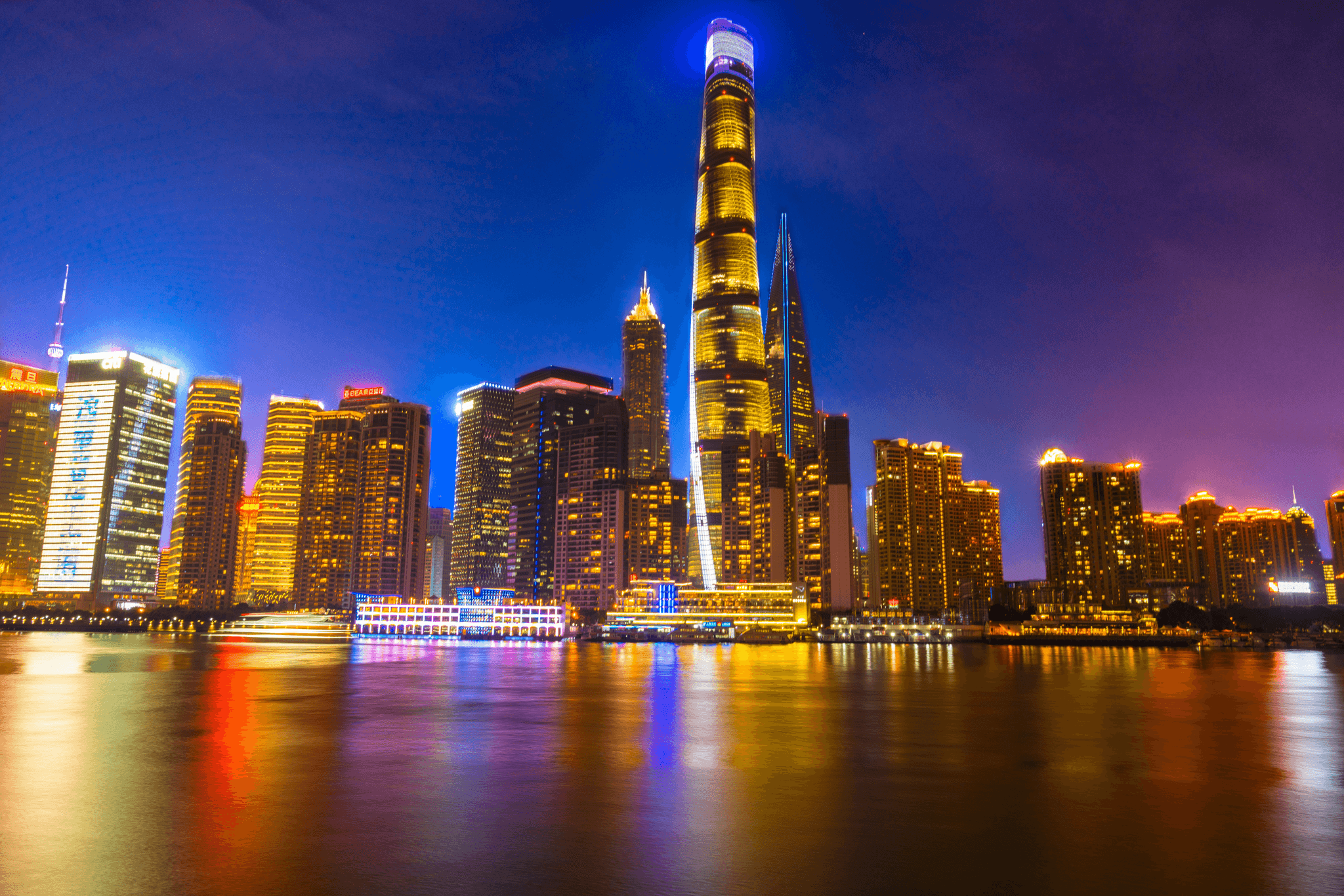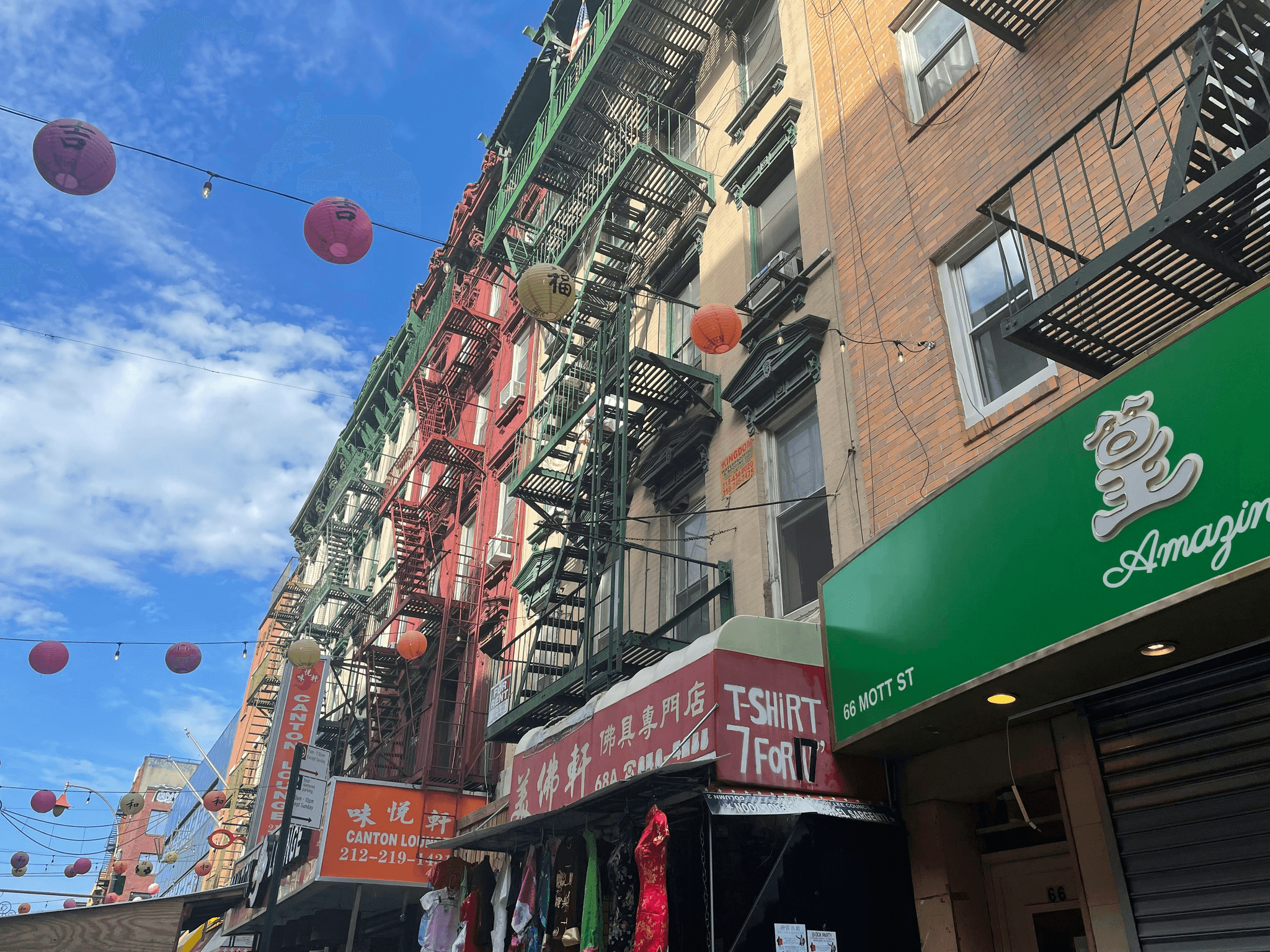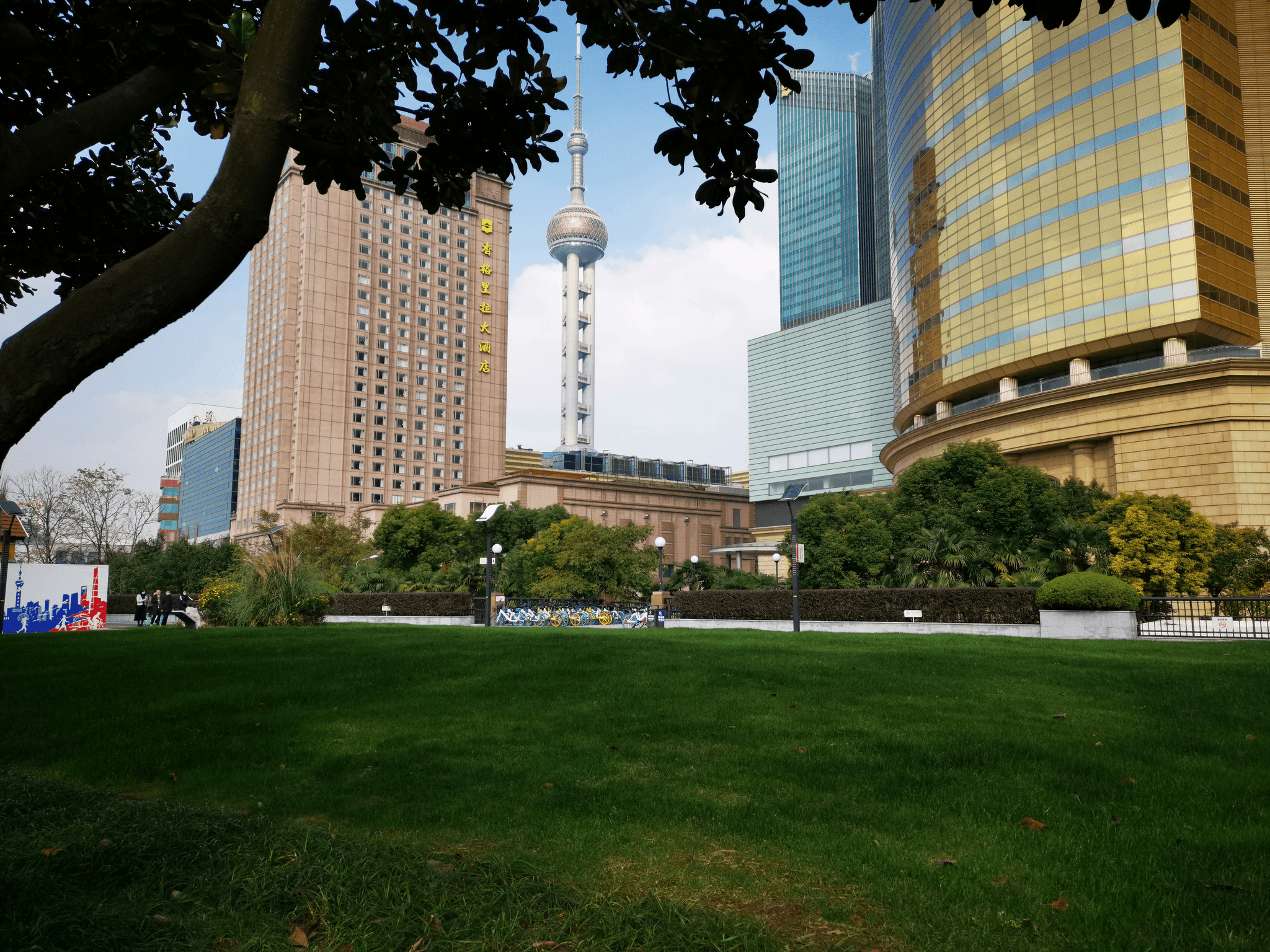Introduction
When it comes to the major metropolises of China, such as Shanghai, Beijing, and others, there are several commonalities that make them stand out on the global stage. These cities are not only economic powerhouses but also boast a rich tapestry of cultural landmarks and have undergone significant modern urban development in recent years.
The Economic Powerhouses
Shanghai, Beijing, and other major Chinese metropolises are all renowned for their status as economic powerhouses. With thriving financial districts and bustling commercial centers, these cities play a pivotal role in driving the country's economy forward. As a result, they attract businesses from around the world seeking to establish a presence in this dynamic market.
Cultural Landmarks
What do Shanghai, Beijing, and other major metropolises of China have in common? They are home to an array of cultural landmarks that showcase the rich history and heritage of this ancient civilization. From majestic temples to awe-inspiring museums, these cities offer a glimpse into China's storied past and vibrant present.
Modern Urban Development
In addition to their historical significance, Shanghai, Beijing, and other major Chinese metropolises have also undergone rapid modern urban development. The skyline is adorned with towering skyscrapers that symbolize the country's ambition and progress on the global stage. This fusion of tradition and innovation has made these cities truly unique in their appeal.
Historical Significance

China's major metropolises such as Shanghai, Beijing, and others have a rich historical significance that shapes their identity and allure. From ancient dynasties to imperial palaces and UNESCO World Heritage Sites, these cities share a deep-rooted historical legacy that continues to fascinate locals and visitors alike.
Ancient Dynasties
The major metropolises of China are steeped in the legacy of ancient dynasties, with remnants of their rule still visible in the form of majestic temples, grand city walls, and archaeological sites. The enduring influence of these dynasties is a testament to China's enduring cultural heritage and the resilience of its people in the face of changing times.
Imperial Palaces
Imperial palaces stand as enduring symbols of power and grandeur in China's major metropolises. These architectural marvels served as the seat of governance for emperors throughout history, offering a glimpse into the opulence and authority that once defined these cities. The preservation of these palaces reflects China's commitment to honoring its imperial past while embracing modernity.
UNESCO World Heritage Sites
From the Great Wall to the Forbidden City, China's major metropolises boast an impressive array of UNESCO World Heritage Sites that draw millions of visitors each year. These sites serve as living testaments to China's rich history and cultural significance, showcasing the country's commitment to preserving its invaluable heritage for future generations.
SSOURCING INC.'s expertise in understanding the historical significance of China's major metropolises allows us to create compelling content that resonates with audiences seeking authentic insights into this fascinating region.
Economic Influence

China's major metropolises such as Shanghai, Beijing, and others share a common thread of being global financial centers, driving the country's economic growth and attracting international business ventures. With their bustling stock exchanges, investment banks, and financial institutions, these cities are pivotal in shaping China's economic landscape. SSOURCING INC. recognizes the significance of these financial hubs in fostering international trade and commerce.
Global Financial Centers
Shanghai, Beijing, and other major metropolises of China have in common the status of being global financial centers that rival traditional powerhouses like New York and London. These cities boast modern skyscrapers housing multinational corporations and leading banks, symbolizing their pivotal role in the global economy. The vibrant financial districts are a testament to China's growing influence on the world stage.
Tech Innovations
In addition to their financial prowess, these metropolises are at the forefront of tech innovations, with cutting-edge research facilities and tech parks driving advancements in artificial intelligence, biotechnology, and clean energy solutions. From Beijing's Zhongguancun Science Park to Shanghai's Zhangjiang Hi-Tech Park, these cities are incubators for technological breakthroughs that shape industries worldwide.
Foreign Investment
Furthermore, these cities attract significant foreign investment due to their strategic location and business-friendly policies. Multinational companies view Shanghai, Beijing, and other Chinese metropolises as prime destinations for expanding their operations in Asia. The influx of foreign capital fuels economic development and creates employment opportunities for local talent.
Architectural Marvels
When it comes to architectural marvels, Shanghai, Beijing, and other major metropolises of China have a lot in common. Skyscrapers dominate their skylines, showcasing the modern urban development and economic powerhouses they have become. These towering structures not only symbolize the cities' economic influence but also their technological advancements and global significance in the business world.
Skyscrapers
The cities boast some of the tallest and most innovative skyscrapers in the world, such as the Shanghai Tower and Beijing's China Zun. These architectural wonders not only serve as office spaces but also offer observation decks for locals and tourists to admire breathtaking views of the city. The skyscrapers are a testament to China's rapid urbanization and its position as a global financial center.
Traditional Gardens
Amidst the modern skyline, traditional gardens provide a serene escape from the bustling city life. In cities like Suzhou and Hangzhou, classical Chinese gardens with intricate designs and tranquil ponds offer a glimpse into China's rich cultural heritage. These gardens are meticulously landscaped to create harmonious environments that reflect ancient philosophies of balance and harmony.
Iconic Landmarks
From the Great Wall to the Forbidden City, China's iconic landmarks stand as timeless symbols of its historical significance and cultural pride. These awe-inspiring structures not only attract millions of visitors each year but also serve as reminders of China's imperial past and enduring legacy. The preservation of these landmarks showcases China's commitment to honoring its history while embracing modernity.
By highlighting these architectural marvels, SSOURCING INC. aims to shed light on the unique blend of tradition and innovation that defines China's major metropolises.
Cultural Diversity

China's major metropolises like Shanghai, Beijing, and others have a rich cultural diversity that sets them apart. From the bustling streets to the quiet alleyways, these cities offer a vibrant mix of traditions and modernity that captivate visitors and residents alike.
Local Cuisine
The local cuisine in Shanghai, Beijing, and other major Chinese cities is a delightful fusion of flavors and textures. Whether it's the savory dumplings of Shanghai, the aromatic Peking duck of Beijing, or the spicy hotpot of Chengdu, each city boasts its own unique culinary specialties that reflect centuries of culinary heritage.
Traditional Festivals
What do Shanghai, Beijing, and other major metropolises of China have in common? They all celebrate traditional festivals with great pomp and splendor. From the colorful lantern festival to the lively dragon boat festival, these cities come alive with vibrant parades, performances, and cultural events that showcase China's rich history and traditions.
Ethnic Neighborhoods
In Shanghai, Beijing, and other major Chinese cities, ethnic neighborhoods provide a glimpse into diverse cultures within China. From the bustling streets of Chinatown to the tranquil courtyards of the Hutongs, these neighborhoods are a melting pot of different languages, customs, and cuisines that add to the tapestry of urban life.
Environmental Challenges

China's major metropolises such as Shanghai, Beijing, and others have a common challenge in dealing with environmental issues. Despite their economic prowess and modern development, these cities face significant pollution problems that threaten the well-being of their residents and the sustainability of their urban environments.
Pollution Control Efforts
In response to the alarming levels of air and water pollution, Shanghai, Beijing, and other major Chinese cities have implemented aggressive pollution control efforts. These include strict regulations on industrial emissions, increased investment in renewable energy sources, and the promotion of eco-friendly transportation options to reduce carbon emissions.
Sustainable Initiatives
To combat environmental degradation, these metropolises have also embraced sustainable initiatives aimed at reducing waste generation and promoting recycling. From implementing green building standards to encouraging sustainable urban planning practices, these cities are striving to create more environmentally friendly living spaces for their residents.
Green Spaces Preservation
Amidst rapid urbanization, Shanghai, Beijing, and other major Chinese metropolises are prioritizing the preservation of green spaces within their city limits. Efforts to protect parks, gardens, and natural reserves not only contribute to the well-being of urban dwellers but also serve as vital ecosystems for local flora and fauna.
Conclusion

Shanghai, Beijing, and other major metropolises of China share a common thread of rich heritage combined with modern ambitions. These cities are constantly evolving, embracing their historical significance while striving for economic growth and global influence. As they continue to attract foreign investment and foster tech innovations, the urban diversity and cultural landmarks remain at the core of their global appeal.
Rich Heritage and Modern Ambitions
The cities boast a rich heritage dating back to ancient dynasties, evident in their imperial palaces and UNESCO World Heritage Sites. At the same time, they are at the forefront of modern urban development, with iconic skyscrapers and architectural marvels shaping their skylines. Shanghai, Beijing, and others stand as testaments to China's ability to blend tradition with progress, positioning them as key players in the global economy.
Urban Diversity and Global Influence
What do Shanghai, Beijing, and other major metropolises of China have in common? They all exude urban diversity that reflects the country's cultural richness. From local cuisine to traditional festivals and ethnic neighborhoods, these cities offer a melting pot of experiences. This cultural diversity contributes to their global influence as they attract visitors from around the world while also serving as important hubs for international trade and finance.
Environmental Resilience and Future Prospects
Amidst rapid urbanization, these cities face environmental challenges but are resilient in their efforts to combat them. Pollution control measures are being implemented alongside sustainable initiatives to preserve green spaces. This environmental resilience bodes well for their future prospects as they continue to prioritize eco-friendly practices while sustaining economic growth.

